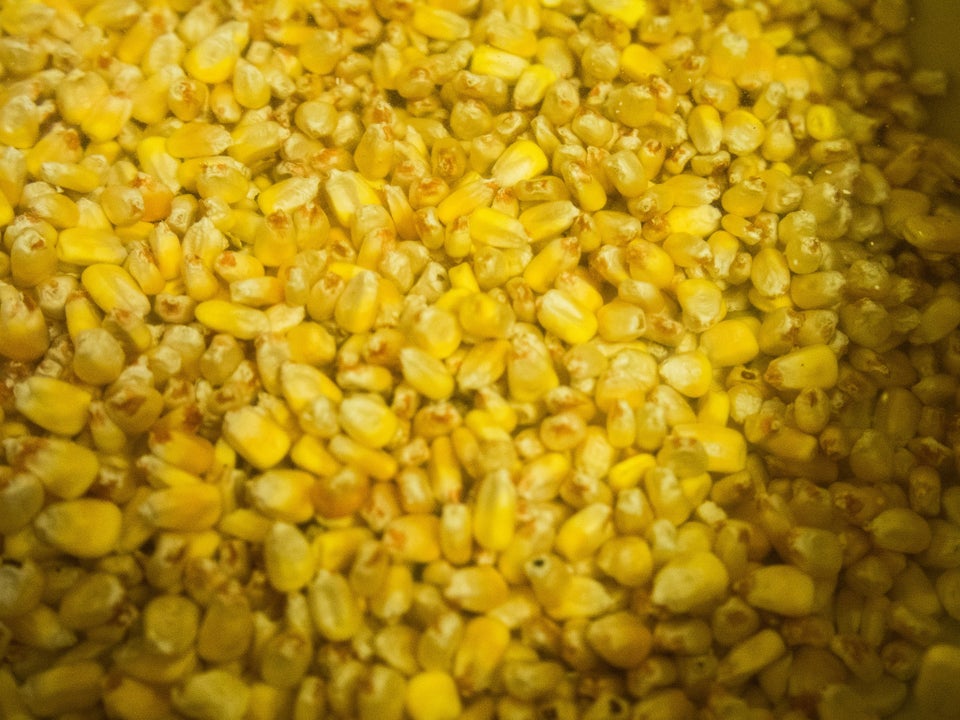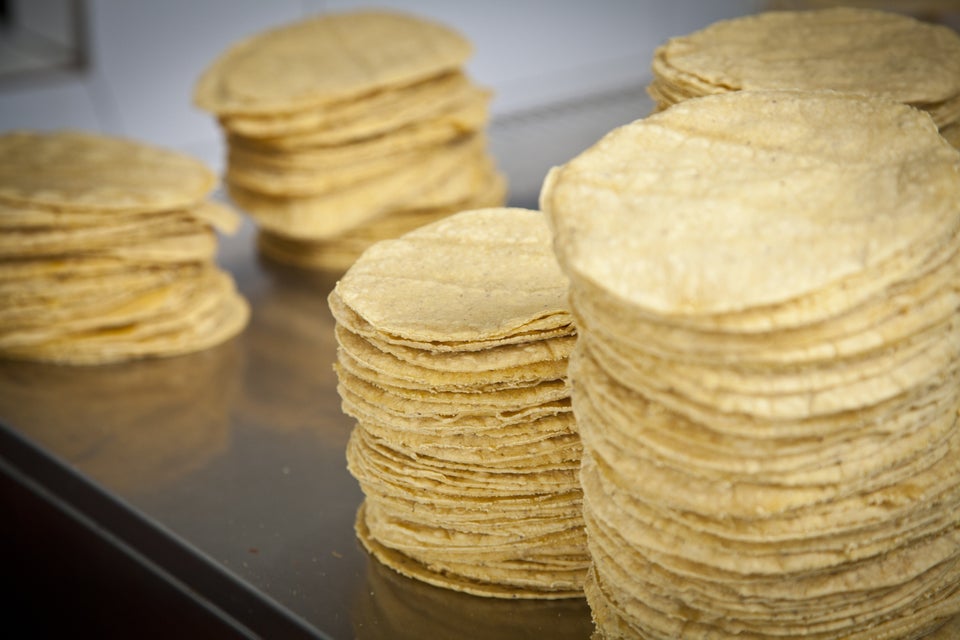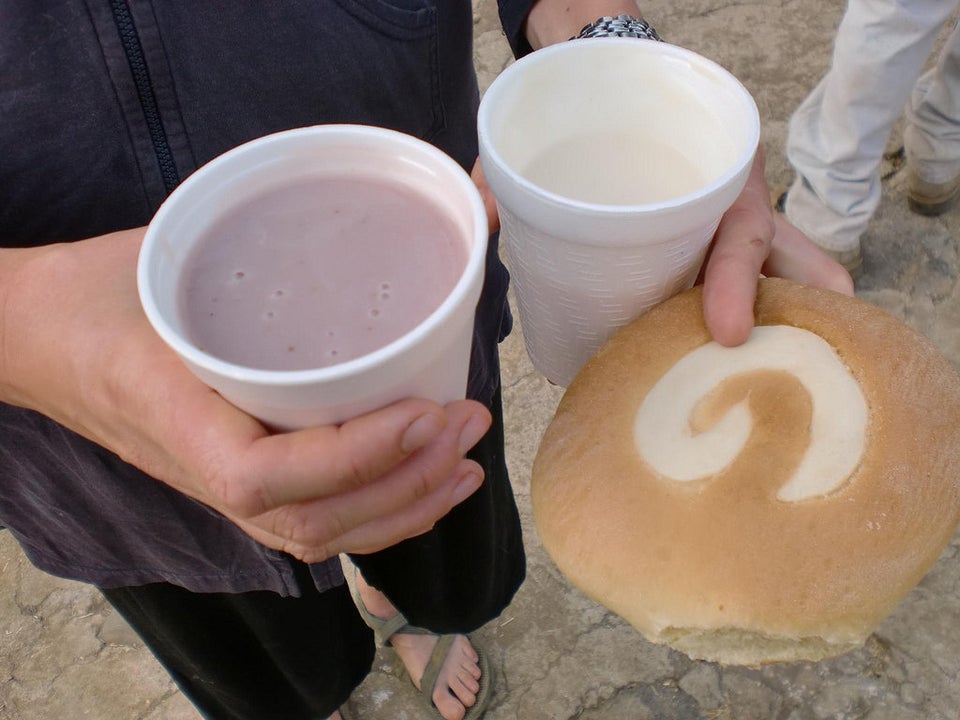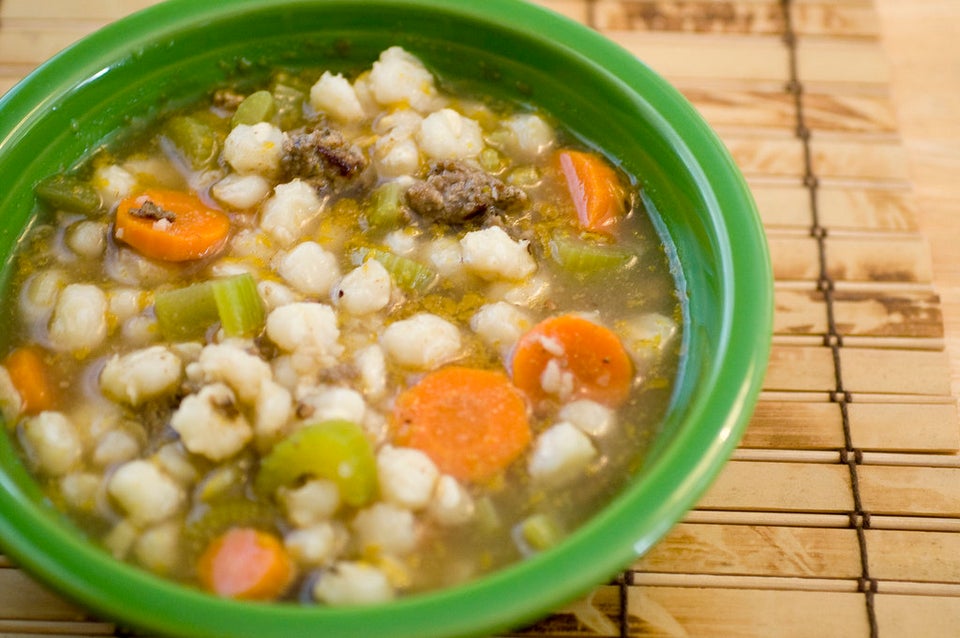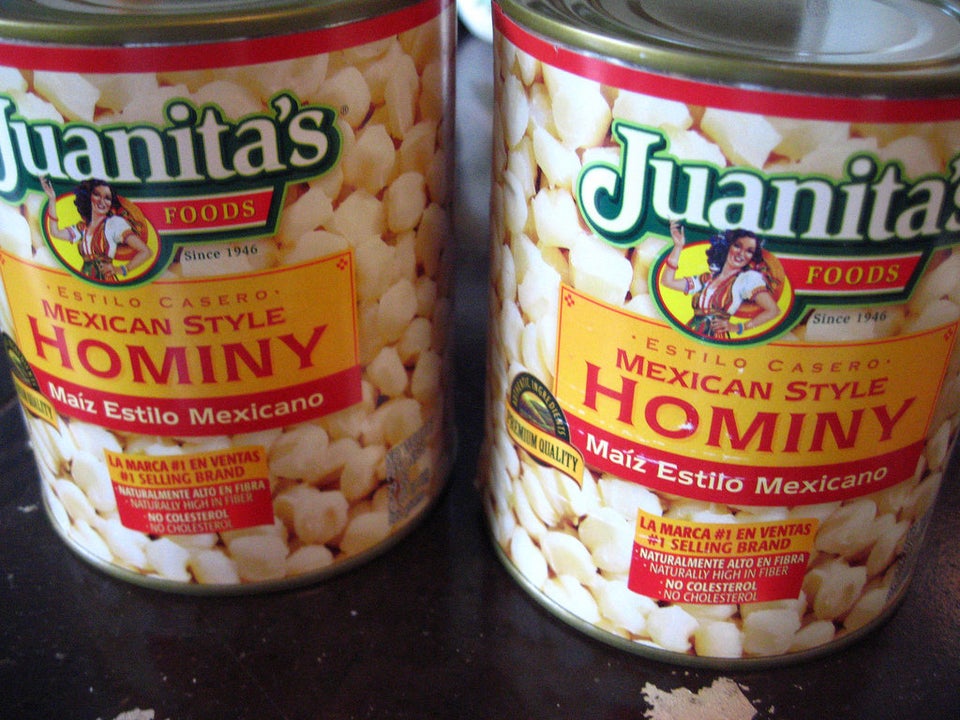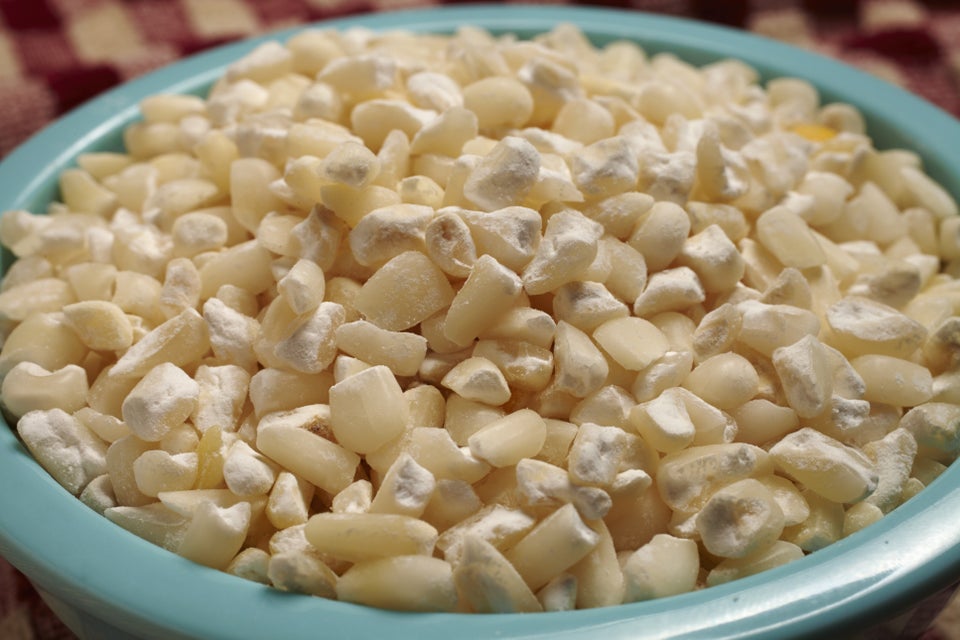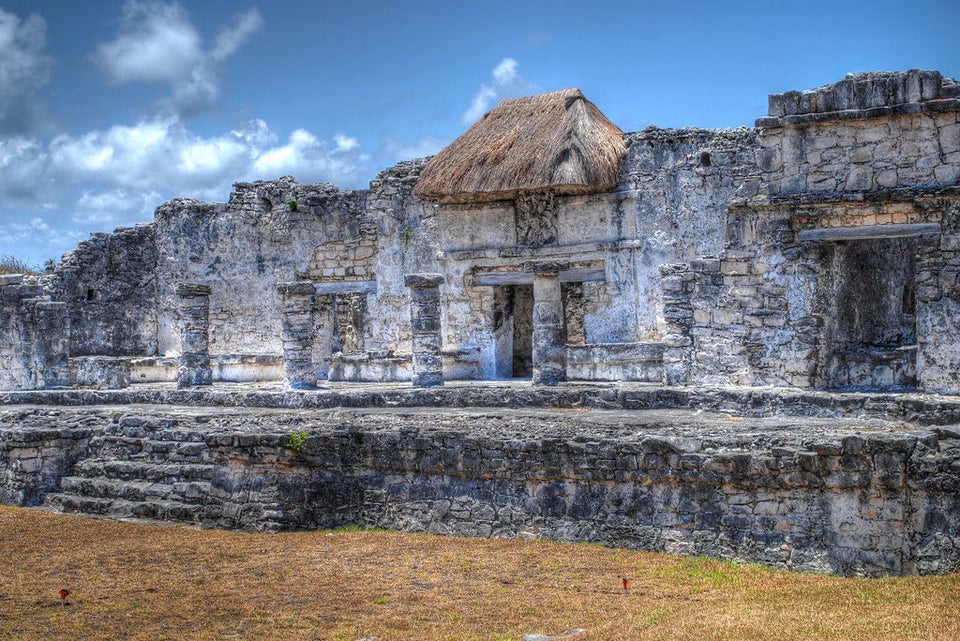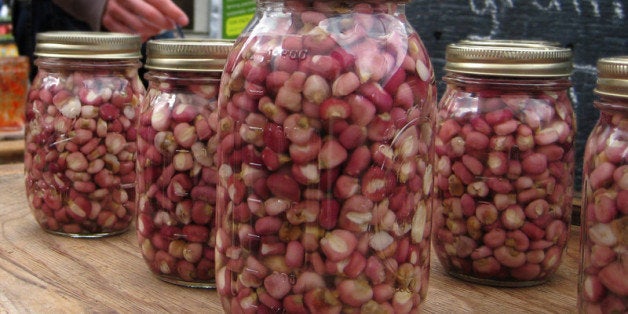
If you're a fan of hominy and already know all about it, you've just earned major life points from HuffPost Taste. But if the word hominy makes you stop and say, "Huh?" read on.
Even if you've never heard of hominy before today, chances are you've eaten quite a lot of it. Hominy is a very special ingredient in so many of our favorite Mexican foods, and in a few recipes closer to home, too. You've all passed by a can of hominy at the grocery store, whether you noticed it or not; some of you may have even been adventurous enough to buy it, though most of you probably let it sit in your cupboard forever. Maybe you've even knowingly eaten hominy, like as a side of hominy grits, but never stopped to think about what it was.
Don't feel bad, you're not alone. It's pretty common for us to eat things having no idea what they are, like saffron or capers. But that doesn't mean we shouldn't find out. So here it is -- hominy, explained (for all of you who never knew you wanted to know).
